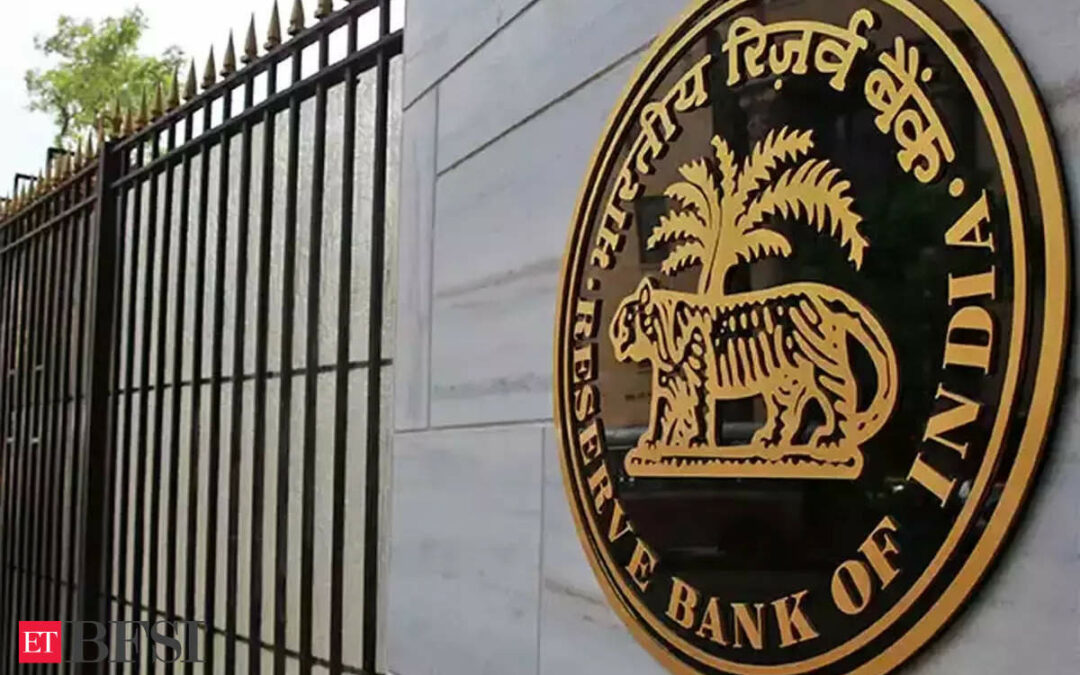India’s startup ecosystem and specifically fintech sector is ever evolving and they are riding on the tech-heavy digital journey. Indian banks have also accelerated their digitalisation journey and are re-evaluating the conventional banking business model.
RBI governor Shaktikanta Das on Wednesday highlighted that newly emerging startups are now concentrated in the services sector and there is a steady shift from low scale consumer oriented services to tech enabled business services.
“There is a steady shift from low scale consumer oriented services towards more technology enabled business services. Indeed, there is a case for Indian businesses to recognise this undercurrent and work towards upscaling their activities to meet the external demands in this sector,” he said.
Recognising this as the age of collaboration Das said, “The increased collaboration of Banks and NBFCs with FinTechs is facilitating introduction of innovative products and services and new business models. Digital technologies are offering a powerful medium to access banking and financial services. This has also brought down the operational costs and helped in enhancing the reach of financial services providers.”
Das further added that an important aspect that merits attention in this context is with regard to model-based lending through analytics.
“Banks and NBFCs need to be careful in relying solely on pre-set algorithms as assumptions based on which the models are operated. These models should be robust and tested and re-tested periodically. They may require to be calibrated and re-calibrated from time to time based on the changing contours of the financial ecosystem and fresh information. It is necessary to be watchful of any undue risk build up in the system due to information
gaps in these models, which may cause dilution of underwriting standards,” the Apex Bank governor asserted.
MFIs important financial conduit for financial inclusion
The Reserve Bank of India governor also highlighted how the microfinance sector has emerged as an important financial conduit to foster financial inclusion.
“As MFIs are catering to the marginalised clientele, they have to bear in mind the affordability and repayment capacity of the borrowers. Though the interest rates are deregulated, certain NBFCs-MFIs appear to be enjoying relatively higher net interest margins. It is indeed for micro finance lenders to ensure that the flexibility provided
to them in setting interest rates is used judiciously. They are expected to ensure that interest rates are transparent and not usurious,” he added.
Ever since the AP crisis in 2010 and the creation of a new category of NBFC-MFIs in December 2011, the regulations have carefully nurtured the growth of microfinance in India.
The microfinance sector in India today is growing rapidly, allowing small borrowers access to formal credit. This is fostering greater financial inclusion. The sector witnessed a quarterly growth of 5.2 per in the book in June ended quarter, which is slightly less compared to 6.6 per cent in the previous quarter, and yoy growth of 24.3 per cent which is significantly higher than 17.8 per cent of March 2023 quarter, revealed a recent report by CRIF High Mark.
Reserve Bank of India governor Shaktikanta Das was speaking at FIBAC 2023 in Mumbai.











